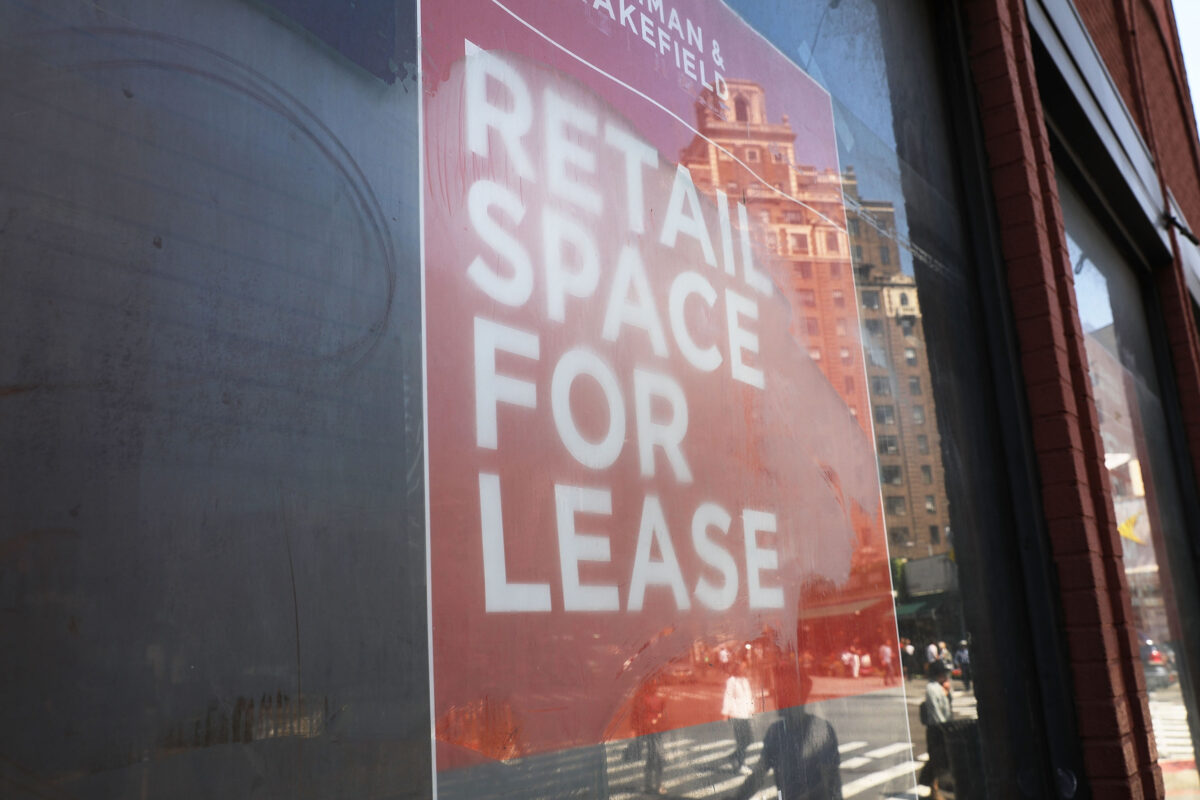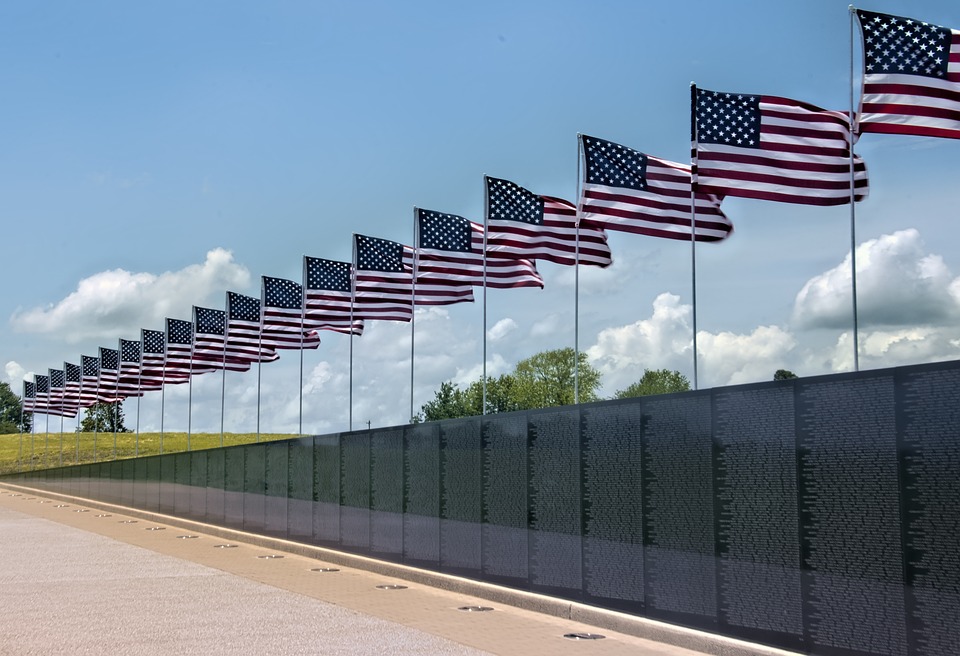Big box stores are now boxes at your doorstep.
Commentary
Whole server racks (the equivalent of whole forests in the print era) have been sacrificed to stories about “The Retail Apocalypse” and the “Death of Retail.” All the stories present a binary view: retail is dead; retail isn’t dead.
The truth lies somewhere in between.
Retail, broadly speaking, is doing well. But retail covers a wide array of vendors and products, from restaurants and grocery stores to consumer products like drug stores, auto dealerships, shoe stores, clothing stores, book stores furniture stores, pet stores, and too many other kinds of stores to count. And don’t forget that retail includes department stores like Macy’s and e-commerce from giants like Amazon to individual vendors and small businesses who sell on Etsy. Finally, retail includes brick-and-mortar retailers with physical stores selling to customers in-person, as well as e-commerce, like Walmart and Target.
Regrettably, there is a dearth of publicly available statistical detail on these various categories of goods and services that are sold and the types of retail outlets that sell them. That’s unfortunate, because such statistics could tell us a lot about the state of American consumers, the economy, and the future of major cities, the subject of this article. We know, for example, from the first quarter, Walmart earnings call (pdf) that “customers remain choiceful, particularly in discretionary categories.” The retailer noted a 3.6 percent shift in the “US sales mix from general merchandise to grocery and health and wellness,” thereby signaling a decline in discretionary spending, which typically signals a decline in the economy.
The Risk of Retail’s Decline
But it seems clear that there are challenges to traditional retail and that it presents a challenge to the resiliency of urban centers and even suburban commercial districts. Those, in turn, could present severe fiscal, political, and managerial pressures on cities.
The great urban theorist Jane Jacobs wrote:
“To understand cities, we have to deal outright with combinations or mixtures of uses, not separate uses, as the essential phenomena … A mixture of uses, if it is to be sufficiently complex to sustain city safety, public contact, and cross-use, needs an enormous diversity of ingredients. … How can cities generate enough mixture among uses—enough diversity … to sustain their own civilization?”
Jacobs’ theory is well-supported. In Manhattan, where I live, for example, specialty retail districts like the “Design District” near the 59th street bridge, which sells furniture, and the Lighting and Restaurant Supply District on Bowery, had been mostly little-used retail wastelands, save for a few people shopping for furniture, lighting, or restaurant supplies. They were especially barren and unwelcoming after the stores located there closed for the day. The Bowery has seen somewhat of a commercial renaissance in the last decade or so with restaurants, hotels, art museums, and boutiques springing up, effectively proving Jacobs’ assertion that a “mixture of uses” “sufficiently complex” are necessary to maintain an inviting environment.
But the wider challenge for cities—and their fiscal coffers—is how they are to, in Jacobs’ words, “sustain their own civilization.”
The New Retail Marketplace Is Boxes, Not Box Stores
Anything I need I can get from Amazon, delivered to my door in a box. I even purchased a 300 pound leather convertible couch, custom built to my specifications on color, materials, and style delivered to my home over the internet! I have a Barnes & Noble book store just a five minute walk from where I live but have not bought a book there in at least five years. For me, it is a convenience store for last-minute Christmas “stocking stuffers.”
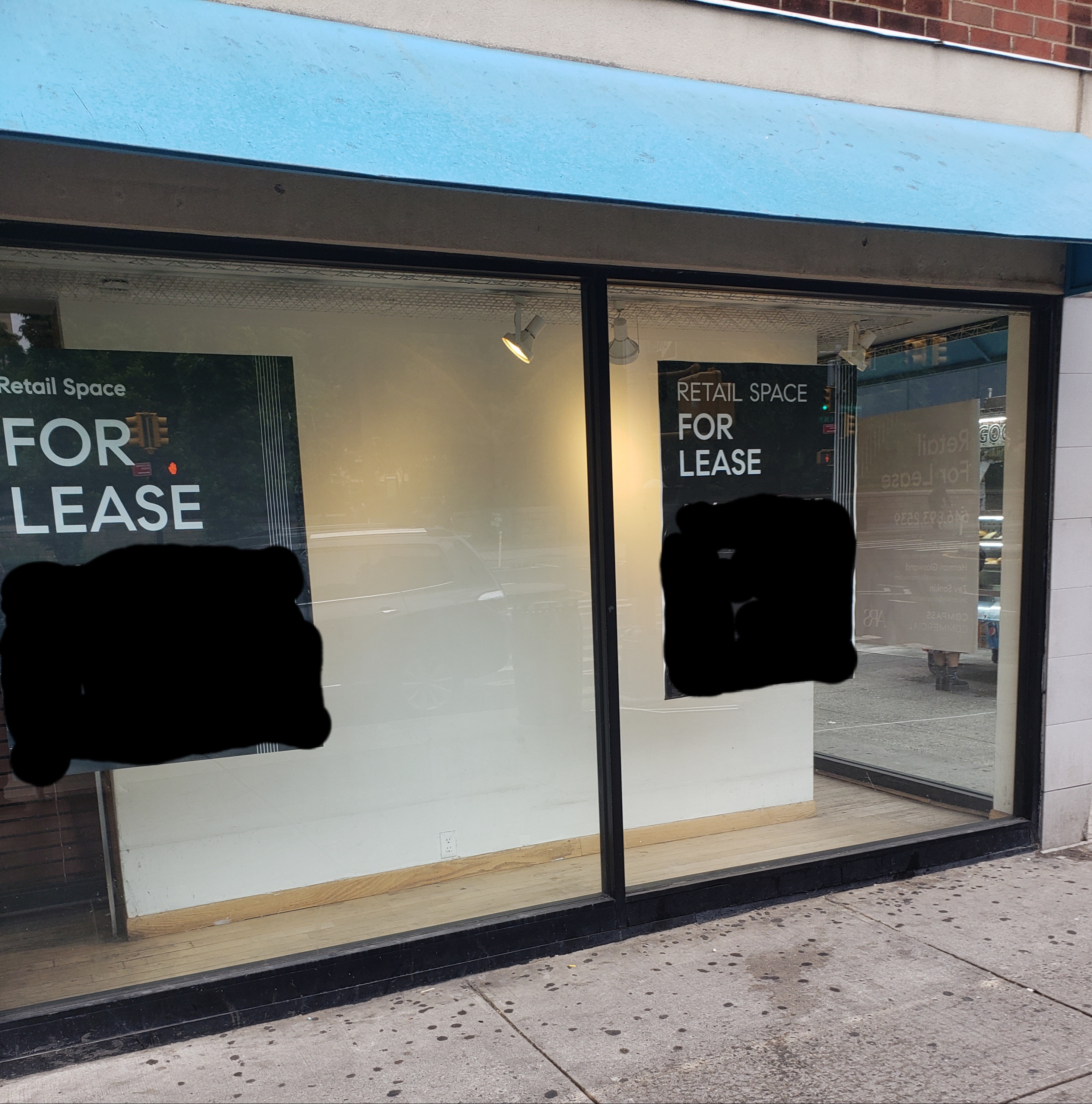
A Regal Cinemas a few blocks south of the Barnes & Noble is set to close as part of that company’s bankruptcy. Even after the pandemic and a re-thinking of their floorplan, the theater company has recognized that Americans prefer to sit home and stream whatever movies are offered within a month or two of their theatrical release, assuming there will even be a theatrical release. Character-oriented, plot-driven movies that don’t involve massive explosions, car-chases, shoot-outs, or superheros now tend to be released by Netflex, Amazon Prime, Disney+, or Apple TV.
All this leaves surprisingly little room for retail to prosper.
Businesses that still persist are few. Grocery stores do quite well because there seems to be at least some hesitation on the part of the general public to shop for foodstuffs via grocery delivery services like Fresh Direct or Instacart. But that will likely last only so long as retail grocers, whose margins are alreay razor-thin, can afford to keep up their stores running. Restaurants also do well, but some of the higher-end chains, like Chipotle and Shake Shack, probably see more delivery and take-out orders than in-restaurant diners, given the small armies of deliveristas I see on their e-bikes to pick up their orders. Stand-alone restaurants and bodegas, as well as their chain store equivalents, 7-11, Starbucks, and Tim Hortons, all serve up morning coffee and light snacks or lunches to commuters and students and seem to be able to survive. So do clothing and shoe stores.
But the city as workplace has changed and so, too, has the workweek. Work from home (WFH) is still popular, well after the pandemic has subsided, and the four-day—or even three-day—”in-office” work week for hybrid workers continues with no end in sight. Here in New York City, for example, there is a dearth of foot traffic—the foot traffic that sustains street-level retail in Manhattan—on Monday and Friday.
Were this to continue, it will create a cascading series of failures that could become an urban doom loop. That’s because cities rely disproportionately on sales and use taxes, and property taxes, to sustain their budgets that, in turn, provide critical social services like policing, fire protection, paramedics and other first responders. But as those services endure budget shortfalls, and criminals and other bad urban actors have more easy reign, businesses will close or pull-up stakes and move elsewhere. Downtown urban centers risk becoming Gary, Indiana, a veritable ghost town. And the lenders who wrote the mortgages for development or for purchases of properties in cities will suffer the consequences, with significant macroeconomic downside risks.
In New York, Leaders are Turbocharging the Retail and Urban Decline
In New York City, the Metropolitan Transportation Authority (MTA) helps to turbocharge the retail decline by enforcing rules that encourage people to stay out of town. First, the MTA imposes higher fares on so-called “peak” travel periods, when people are going to and returning from work from outlying areas. The MTA is also set to impose an absurdly high “congestion pricing” fee to drive below 60th Street in Manhattan. Subway and bus fares are $2.75, whether you go a single stop or traverse the city from far Rockaway, deep in Brooklyn, or Wakefield, the northernmost stop in the MTA.
Adding another hurdle for New York retailers to overcome, recent legislation adopted by the city and state will require massive, costly, structural building retrofits to achieve the city’s overly ambitious climate goals in an effort to be “first in the nation” in some imagined “race” for “climate leadership.” Failure to do so will cause the building to fail its “emissions score,” thereby triggering costly fines.
Moreover, in the last year or so, New York City has taken to housing purported “asylum seekers” who have been pouring over the U.S. borders by the millions and into New York City by the thousands each day. Under New York’s “right to shelter” rule, they are housed in New York City hotels, making moderate or low-cost hotel rooms virtually unattainable for middle-income tourists with families. With the summer coming up, New York’s peak tourist season, hotels, restaurants, commerical attractions, retail stores, live theater and museums where are unlikely to see the $48 billion they saw in 2019 because middle-income U.S. and foreign tourists cannot find affordable hotel rooms.
The Rest of the Nation
New York City is unique in the nation in that it is horribly mismanaged and embraces absurdist, socialist, naively altruistic, and catastrophically costly policies like a “‘right’ to shelter” and “sanctuary city” that I believe will ultimately drive it in to bankruptcy. But the overall decline in healthy local retail and WFH threatens other cities, too.
Federal and state policymakers should undertake efforts to counter the retail decline and avoid following New York City’s policies.
Congress might consider initiatives such as:
- targeted federal tax credits (i.e., a dollar-for-dollar reduction in taxes) for:
- wages for workers who work from offices 100 percent of their workdays
- on-site free employer child care
- commuters and ride-sharers
- homestead tax credits for recent graduates who take residence in urban areas requiring a resurgence
- grants to maintain and supplement urban first responders, like police, fire fighters, and paramedics to ensure manpower needs are not depleted
- a lower business tax rate on brick-and-mortar retailers of every type, including theaters, museums and restaurants so that they can lower the prices they charge customers
Summary
The cost of not maintaining cities—the risk that centers of civilization like New York, Los Angeles, and countless locales in between—could become Gary, Indiana, is enormous and not just for those localities, but for the entire economy. It could ultimately cost several percentage points in GDP and leave some of the nation’s largest banks and lenders bankrupt.
Saving cities will be politically unpopular, but will be absolutely necessary to maintain the American civilization.
______________________________
*Jacobs, Jane. The Death and Life of Great American Cities Vintage Books (December, 1992) Page 144







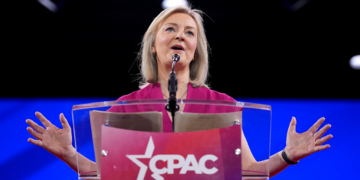

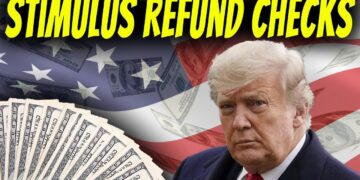






 The Black Swan Approaching
The Black Swan Approaching




















 Reaction & Commentary
Reaction & Commentary




